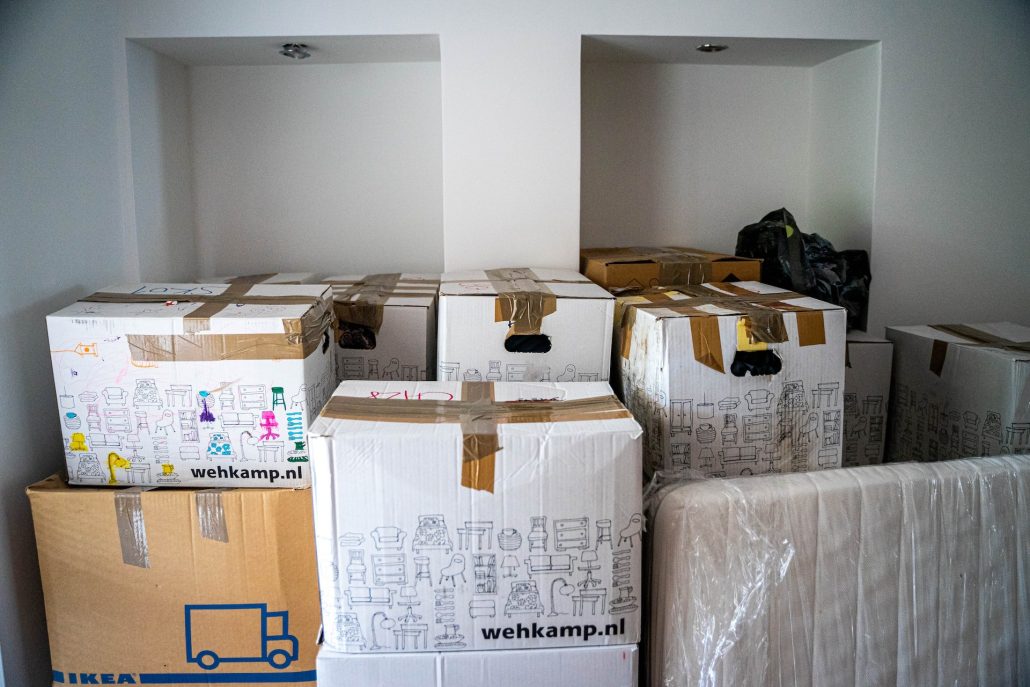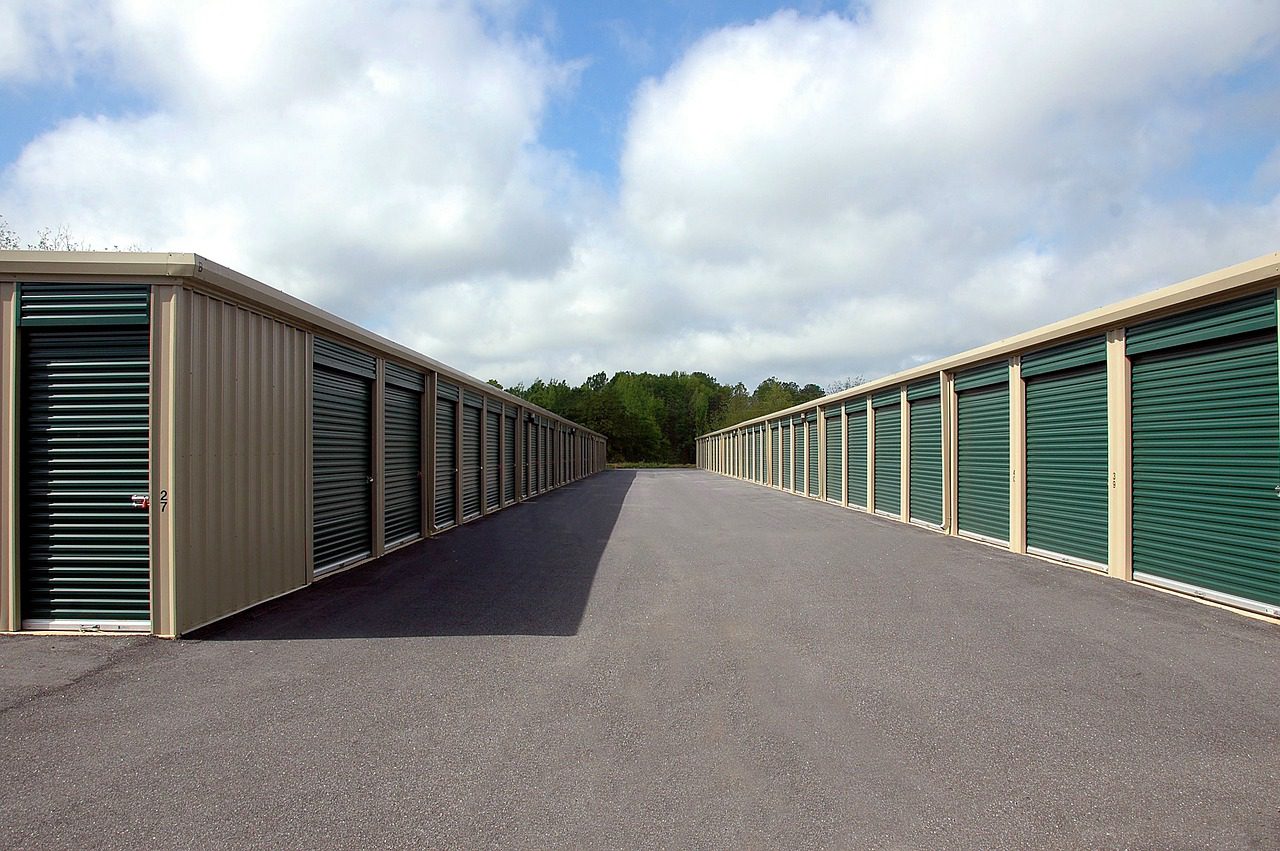10 Top Tips for a Smooth Long-Distance Relocation
Relocating to a new city, especially one far from home, is a monumental life event filled with its own set of challenges and opportunities. If you’re currently residing in Colorado Springs, you’re undoubtedly accustomed to the city’s unique blend of natural beauty, military presence, and a generally relaxed pace of life. As you prepare to move, you might be feeling a mixture of excitement and apprehension, given that you’re leaving behind not just a home but also a way of life that’s distinct to this captivating city at the foot of the Rocky Mountains.
The thought of uprooting your life and starting anew in a distant place can be overwhelming. You have to think about finding a new home, adapting to a different environment, possibly landing a new job, and so much more. That’s why it’s crucial to prepare in every way possible to make your move as smooth and stress-free as can be. To help you with this significant life transition, we’ve put together an exhaustive guide that’s tailor-made for residents of Colorado Springs. This guide features ten tips that cover everything from budgeting and hiring movers to emotionally preparing for the journey ahead. Sit back, and let’s dive into making your long-distance relocation a success.
1. Secure Reliable Movers
One of the most crucial steps in any move is selecting a trustworthy moving company, especially for a long-distance transition. Don’t just pick the first name that pops up in your Google search. Vet multiple Colorado Springs long distance moving companies by reading customer reviews, checking their credentials, and asking for quotes. Make sure to inquire about their experience with long-distance moves specifically. Ask for references, and if possible, speak with past clients to gauge their satisfaction levels. Keep in mind that moving long-distance involves various logistical challenges, so go with a company that’s well-equipped to handle such complexities. Don’t forget to inquire about any hidden or additional fees, like charges for moving heavy or oversized items, which may not be included in the initial estimates. In essence, do your homework so you can make an informed decision.
2. Research Your New City Thoroughly
Before you even begin packing up your life in Colorado Springs, take some time to really dig into what your new city is all about. Don’t just scratch the surface by looking at tourist attractions. Dive into community forums, local news, and even demographic studies. Familiarize yourself with the climate, cost of living, and local customs. This type of deep research will help you prepare mentally and emotionally for the new environment you’ll be calling home. If possible, take a trip there beforehand to get a feel for the place, speak with locals, and maybe even secure housing or a job before your big move.
3. Budget Like a Pro
When living in Colorado Springs, you’re probably used to a certain cost of living. To avoid any financial surprises, draft a comprehensive budget for your move. This should include estimates for moving company fees, packaging materials, temporary lodging, meals, and emergency funds. With proper budgeting, you’ll know what you can afford in terms of housing and lifestyle in the new city. Even the little things, like the price difference in groceries or public transportation, can add up over time.
4. Declutter Before You Pack
This is the perfect opportunity for a fresh start. Not only does decluttering reduce the amount of stuff you have to move, but it also helps you mentally prepare for a new chapter. Be ruthless; if you haven’t used something in a year, you probably don’t need it. Consider donating to charities in Colorado Springs or organizing a garage sale to make some extra bucks. A lighter move is a cheaper and more efficient one, giving you less to unpack when you arrive at your new home.
5. Check Legal Requirements
Different states have different rules, and ignorance of the law is never an excuse. If you’re moving to a different state, make sure to check up on legal requirements around car registrations, voting, and even pet ownership. Keep in mind that some states have mandatory waiting periods for certain legal processes, so it’s best to start this research early. If you can, consult with legal experts in your new state to ensure that you’re fully compliant with your new local laws.
6. Plan Your Route Carefully
As residents of Colorado Springs know, the weather can be unpredictable and the terrain challenging. If you’re driving to your new destination, study the route carefully. Take note of the weather forecasts, road conditions, and alternative routes. Make contingency plans for accommodations in case you run into delays. Use apps to track real-time traffic and road conditions to make the journey as smooth as possible. Your belongings are valuable, so the safer the journey, the better.
7. Organize Important Documents
In the middle of the moving chaos, it’s easy to misplace important documents. Designate a specific, easily accessible folder or box where you keep all essential papers, like birth certificates, medical records, and financial statements. If you have digital copies, ensure they’re securely stored in a cloud service or external drive. Having all your important documents organized will make processes like re-registering your car or updating your address much easier.
8. Pack a First-Night Box
The first night in a new home is often chaotic. To mitigate this, pack a ‘first-night’ box that has all the essentials for a comfortable first night and morning in your new place. Include items like toiletries, a set of clothes, a basic first-aid kit, some non-perishable snacks, and perhaps even some comforting items like a favorite book or photos. Knowing that you have everything you need for the first night will make the whole moving process feel less daunting.
9. Communicate With New and Old Connections
Inform your service providers, employer, and other relevant contacts in Colorado Springs about your upcoming move. File for change of address forms and make a list of all the subscriptions or memberships you need to update. Simultaneously, try to establish some connections in your new city. Look for online community forums or social media groups where you can ask questions, get advice, and even make friends before you arrive.
10. Be Mentally Prepared
Moving can be both exciting and terrifying. Allow yourself some time to emotionally process leaving Colorado Springs and starting anew elsewhere. Hold a small farewell gathering with friends and family, visit your favorite local spots one last time, and take some photos for the memories. Accept that there will be challenges but also countless new opportunities. A positive mindset can go a long way in making your transition smoother.
In Conclusion
And there you have it: a comprehensive guide to help you navigate the complexities of a long-distance move from Colorado Springs. Each of these ten tips will be invaluable in helping you plan, execute, and adjust to your new life in a different city. Good luck!


 For small business owners, reducing operational costs is essential for the success of the company. With rising overhead expenses and competition from larger companies, it can be difficult to keep up with the ever-increasing costs associated with running a business. Fortunately, there are several strategies to use for reducing operational costs and ensuring that a small business remains profitable.
For small business owners, reducing operational costs is essential for the success of the company. With rising overhead expenses and competition from larger companies, it can be difficult to keep up with the ever-increasing costs associated with running a business. Fortunately, there are several strategies to use for reducing operational costs and ensuring that a small business remains profitable.

